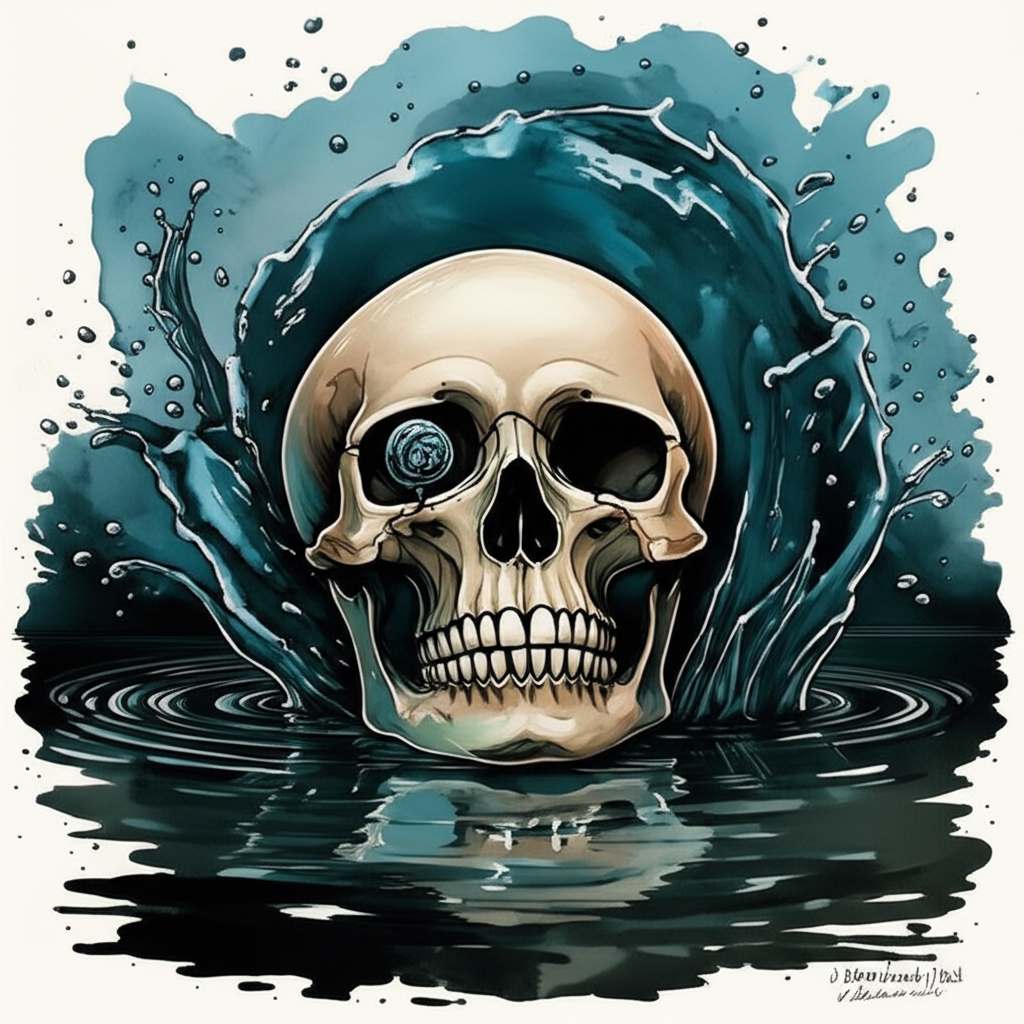
Epilepsy, a neurological disorder characterized by recurrent seizures, has long been shrouded in fear and misunderstanding. In eras before modern medicine, when the condition’s origins remained a mystery, those afflicted and their families often turned to desperate measures, including the superstition that drinking water from a human skull could cure epilepsy.
The earliest documented mention of this practice appears in Pliny the Elder’s “Natural History” in AD 77. Pliny notes that Artemon prescribed water drawn from a spring at night, consumed from the skull of a slain man whose body remained unburnt, as a treatment for epilepsy. This illustrates that the belief in the medicinal properties of human remains, specifically the skull, dates back to at least the first century AD.
Beyond being merely a fleeting idea, the utilization of human remains in medicine persisted for centuries. In the 17th century, even prominent figures, such as English monarch Charles II, relied on “corpse medicine.” Charles II, on his deathbed in 1685, received an extract of human skull distilled in his own laboratory. Other notable advocates of using human remains for medicinal purposes included poet John Donne, Elizabeth I’s surgeon John Banister, and even Francis Bacon, a founding father of modern scientific analysis. While official medical circles did not particularly regard the origin of the skull, superstitious believers held stronger views about its provenance.
The specific characteristics of the skull were thought to influence its efficacy. Some believed that the skull must belong to a man who had committed suicide, while others, aligning with Pliny’s assertion, stipulated that the individual must have been killed. These distinctions highlight the complex intertwining of superstition, folklore, and perceived medicinal properties. Further demonstrating the widespread nature of this type of belief, the Azande people of Central Africa believed that eating the burnt skull of a red bush monkey could cure epilepsy, drawing a parallel between the convulsive movements of seizures and the jerky motions of these monkeys.
The belief in the medicinal properties of the human skull extended beyond epilepsy treatment. In the 1600s, it was common to apply moss gathered from a dead man’s skull to staunch nosebleeds or alleviate chronic headaches. Additionally, rubbing a tooth extracted from a skull on the gums was believed to cure toothaches. These examples further illustrate the broad scope of perceived healing powers attributed to human remains. In modern times, it’s understood that these beliefs are superstitions devoid of scientific basis, reflecting a time when understanding of diseases like epilepsy was limited, and people resorted to a range of remedies, including those considered macabre today.